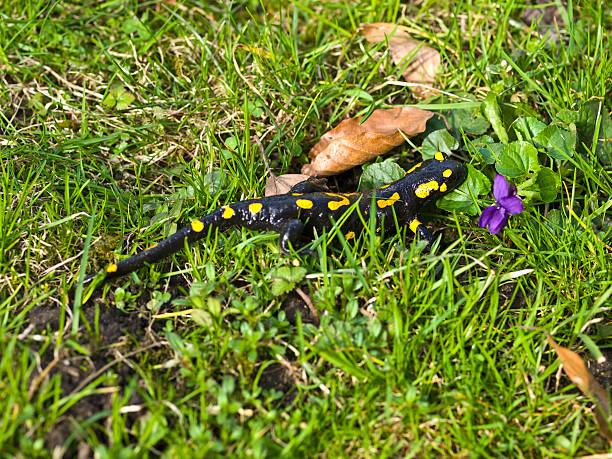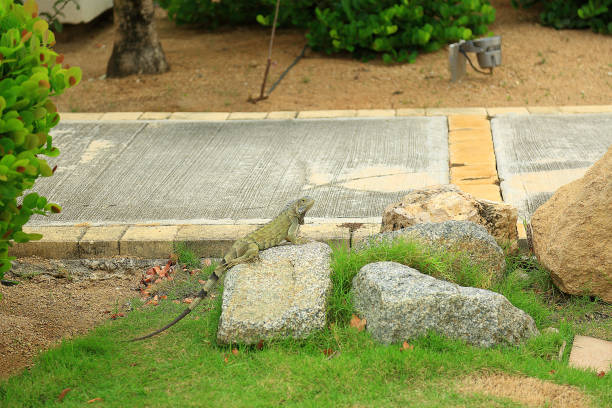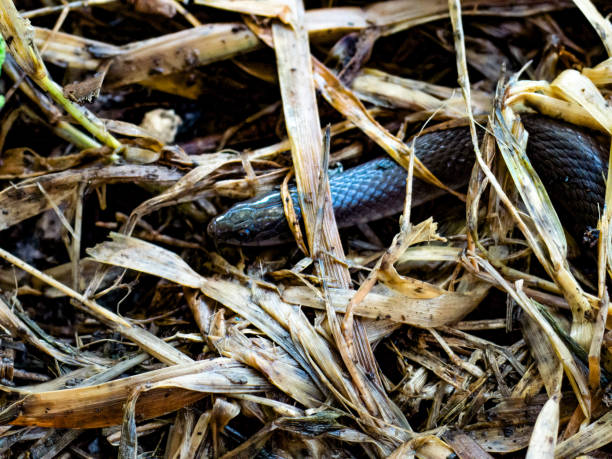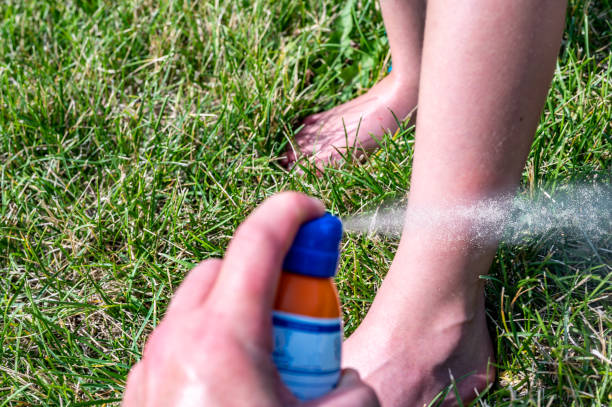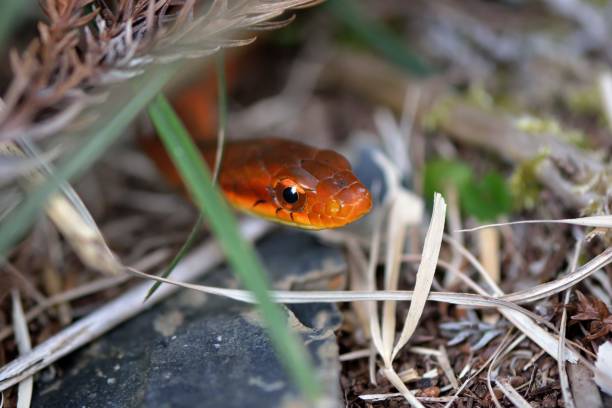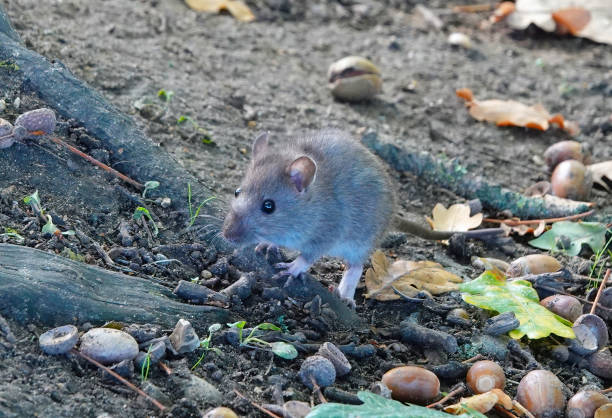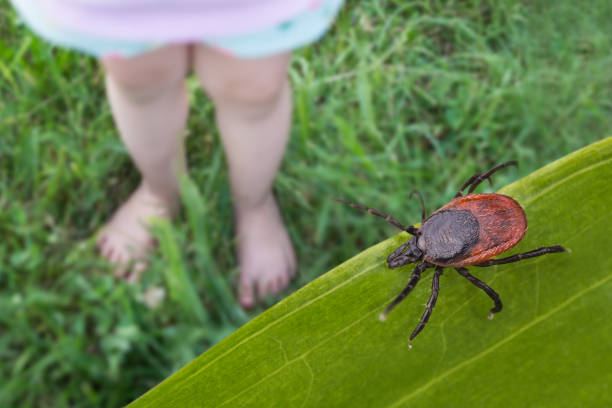How to Get Rid of Salamanders in the Yard
This post contains affiliate links. This means I will make a commission at no extra cost to you should you click through and make a purchase. Read the full disclosure here.
Salamanders, with their sleek bodies and unique characteristics, can be fascinating creatures to observe. However, when these amphibians start invading your yard, you might be concerned about the potential damage they can cause or the health risks they may pose. In this article, we will explore effective methods to get rid of salamanders from your yard while ensuring their safety.
1. Introduction
Having salamanders in your yard is not uncommon, especially if you live in an area with a damp environment or near a water source. While salamanders are generally harmless and play a vital role in maintaining ecosystem balance, their presence in large numbers can disrupt the harmony of your yard and even pose health risks to you and your family.
2. Understanding Salamanders
2.1 What are salamanders?
Salamanders are amphibians that belong to the order Caudata. They are characterized by their slender bodies, long tails, and moist skin. These fascinating creatures come in various colors and sizes, with some species capable of regenerating lost body parts.
2.2 Why are salamanders found in yards?
Salamanders are attracted to yards that offer suitable habitats, including moist soil, leaf litter, and hiding places such as rocks or logs. Yards near water sources, such as ponds or streams, may provide an ideal environment for salamanders to thrive.
3. Identifying Salamanders in Your Yard
3.1 Physical characteristics of salamanders
Salamanders can vary in appearance, but they typically have elongated bodies, smooth skin, and four legs. They are often mistaken for lizards, but unlike lizards, salamanders lack scales and have moist skin. Some common salamander species include the red-backed salamander, spotted salamander, and slimy salamander.
3.2 Signs of salamander presence
To determine if salamanders are present in your yard, keep an eye out for certain signs. Look for their tracks, which resemble tiny footprints, on muddy surfaces or near water sources. Additionally, you may find shed skin or egg masses in damp areas. Salamanders are most active during the night, so observing them during these hours might increase your chances of spotting them.
4. Reasons to Remove Salamanders from Your Yard
4.1 Potential damage caused by salamanders
While salamanders are generally harmless, their presence in large numbers can have some undesirable effects on your yard. They may dig burrows, causing soil erosion and destabilizing plant roots. Salamanders can also feed on small invertebrates like insects and worms, potentially disrupting the natural balance of your yard’s ecosystem.
4.2 Health risks associated with salamanders
Although salamanders are not aggressive and rarely bite, they may carry bacteria or parasites that can be harmful to humans and pets. Direct contact with their skin or their waste can lead to skin irritation or, in rare cases, transmit diseases. If you have small children or pets who frequently play in the yard, it’s essential to minimize the risk of exposure.
5. Natural Methods to Deter Salamanders
5.1 Modifying the yard environment
Making your yard less appealing to salamanders is an effective way to discourage their presence. Start by reducing moisture levels in areas where salamanders are commonly found. Ensure proper drainage, fix leaky pipes, and remove excess moisture sources. Salamanders prefer dark and damp hiding spots, so removing debris, rocks, and logs can make your yard less inviting.
5.2 Removing food sources
Salamanders primarily feed on small invertebrates, so reducing their food supply can help deter them. Regularly clean up leaf litter, grass clippings, and fallen fruits, as these can attract insects and worms. By eliminating their food sources, you make your yard less attractive to salamanders.
5.3 Using barriers and repellents
Creating physical barriers can prevent salamanders from entering specific areas of your yard. Use fine mesh fences or install underground barriers to discourage their movement. Additionally, some natural repellents, such as garlic or hot pepper sprays, can be applied to areas where salamanders are likely to frequent, serving as a deterrent.
6. Humane Trapping and Relocation
6.1 Proper techniques for trapping salamanders
If the natural methods fail or you want to remove salamanders more directly, trapping can be a humane option. Use small, live traps designed for catching small animals. Bait the traps with moist fruits, insects, or worms, as these are attractive to salamanders. Place the traps in areas where salamanders are active, and check them regularly to release captured salamanders promptly.
6.2 Relocating salamanders safely
When trapping salamanders, it’s crucial to handle them with care. Salamanders have delicate skin, and rough handling can cause harm. Prepare a temporary holding container with moist soil and vegetation to keep them comfortable during transportation. When releasing salamanders, choose a suitable natural habitat away from your yard, ensuring it meets their environmental requirements.
7. Seeking Professional Help
7.1 When to call a wildlife removal expert
If you are unable to resolve the salamander issue on your own or if the infestation is extensive, it may be wise to seek professional assistance. Wildlife removal experts have the knowledge, experience, and equipment to safely remove salamanders from your yard without causing harm to the animals or your property.
7.2 Choosing a reputable service provider
When selecting a wildlife removal service, do thorough research to ensure you choose a reputable and licensed provider. Read customer reviews, check their certifications, and inquire about their humane removal methods. A reliable professional will prioritize the well-being of both the salamanders and your yard.
8. Preventing Future Salamander Infestations
8.1 Yard maintenance and cleanliness
Maintaining a well-groomed yard can help prevent future salamander infestations. Regularly mow the lawn, remove weeds, and trim overgrown vegetation. This reduces the availability of hiding places and makes your yard less attractive to salamanders.
8.2 Regular inspections and preventive measures
Perform regular inspections of your yard to identify potential entry points for salamanders. Seal gaps or cracks in foundations, fences, and walls to prevent their access. Additionally, consider installing gutter guards to prevent water accumulation and remove excess moisture from your yard.
9. Conclusion
While salamanders are intriguing creatures, their presence in large numbers in your yard can be a cause for concern. By understanding their behavior and employing effective removal strategies, you can create a safer and more balanced environment for both your family and the salamanders. Remember to prioritize humane methods and, if needed, seek professional help for a smooth and successful salamander removal process.
10. FAQs (Frequently Asked Questions)
Are salamanders dangerous?
Salamanders are generally harmless, but they can carry bacteria or parasites that may pose health risks. It’s important to minimize direct contact with salamanders and practice proper hygiene when handling them.
Can salamanders damage my yard?
While salamanders can cause some damage, such as soil erosion and disruption of the ecosystem balance, the extent of the damage is usually minimal. Implementing preventive measures can help mitigate any potential harm.
What are natural repellents for salamanders?
Natural repellents for salamanders include garlic or hot pepper sprays. These can be applied to areas where salamanders are likely to frequent, serving as a deterrent.
How do I relocate salamanders safely?
When relocating salamanders, handle them with care and avoid rough handling. Prepare a temporary holding container with moist soil and vegetation to keep them comfortable during transportation. Choose a suitable natural habitat away from your yard for their release.
What if I want to remove salamanders but ensure their safety?
If you want to remove salamanders from your yard but ensure their safety, consider contacting a wildlife removal expert. They have the expertise to safely remove and relocate the salamanders without causing harm.

